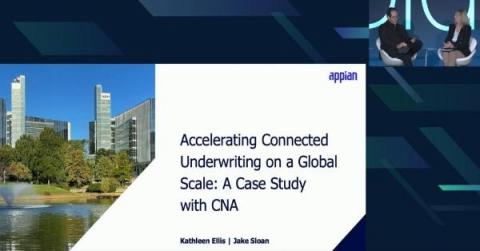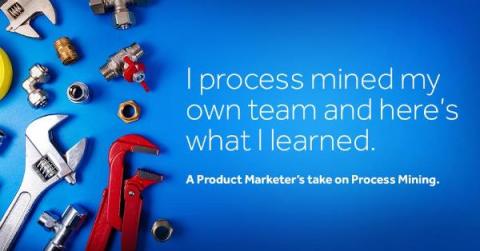Easing Retail Supply Chain Challenges with Low-Code Platforms
Ever since the pandemic hit, supply chain issues have abounded. Retailers bore the brunt of the news coverage, as shelves went barren for a host of reasons—not least demand shifts, panic buying, container shortages, and geopolitical concerns. These supply chain issues are estimated to have caused revenue losses of 5%–20% for some retailers. Often, once loyal customers switch brands or retailers rather than waiting months for products to come back in stock.









